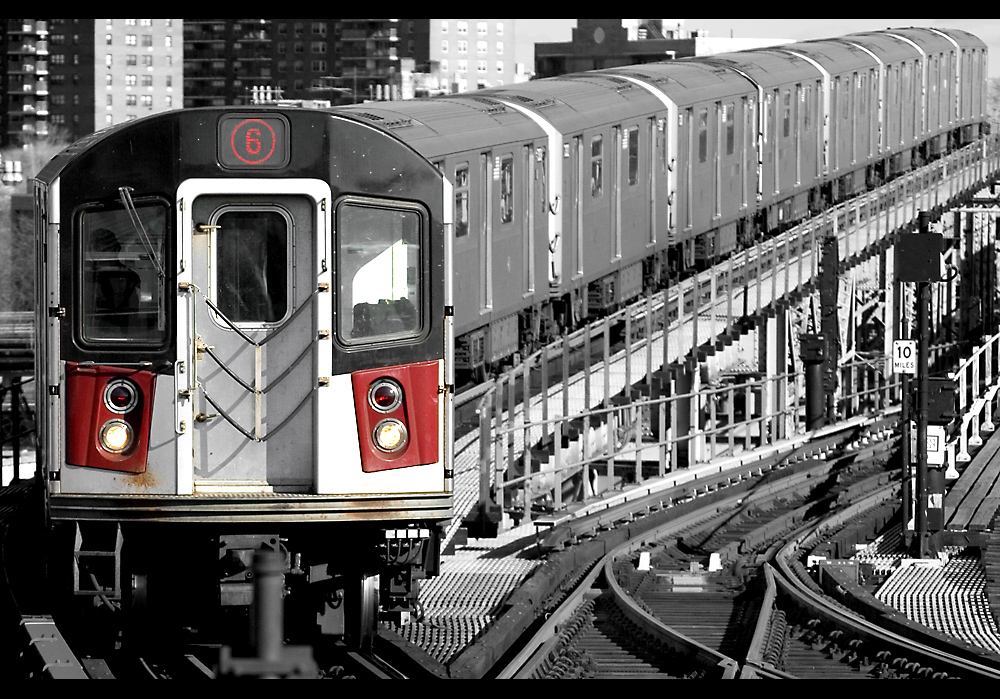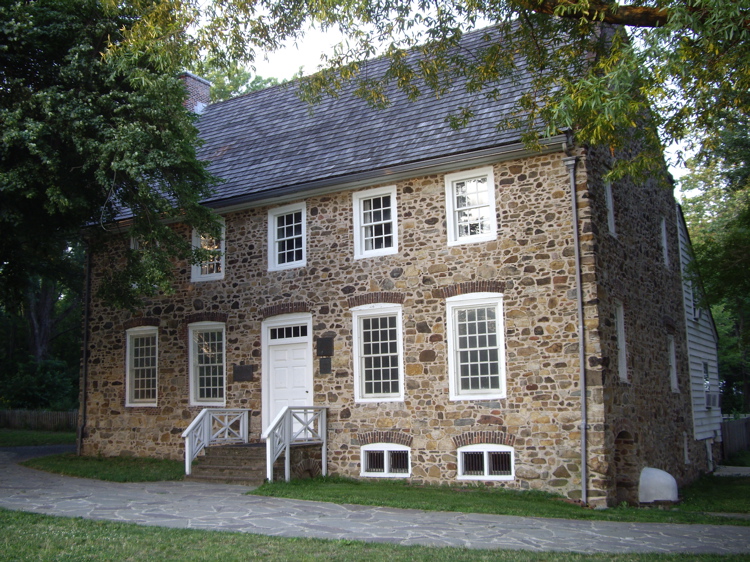 There was an excellent article in the New York Times about the closed-door meeting in Washington where Treasuty Secretary Henry Paulson dictated the terms of the government's $250 billion investment in 9 large U.S. banks. Seems that Paulson got them all in the room and told them they weren't leaving until they'd signed the one-page agreement he had drafted.
There was an excellent article in the New York Times about the closed-door meeting in Washington where Treasuty Secretary Henry Paulson dictated the terms of the government's $250 billion investment in 9 large U.S. banks. Seems that Paulson got them all in the room and told them they weren't leaving until they'd signed the one-page agreement he had drafted.This brought to mind a famous story about the Panic of 1907--at the time one of the most severe economic panics the nation had ever seen. At that time it wasn't the government that Wall Street turned to for a bailout, it was J. Pierpont Morgan, whose famous "House of Morgan" stood opposite the New York Stock Exchange. (The building, still there, is now part of a condo development.)
When the Knickerbocker Trust Company failed in October 1907, Morgan was able to prop up the floundering stock exchange by getting banks to promise $25 million dollars to infuse the market with liquidity. However, a number of other small banks and trusts were on the verge of collapse and Morgan knew there'd be more market uncertainty without a stronger course of action. On the night of November 2, 1907, he invited the leaders of the city's big banks to his new library. Once there, Morgan locked them inside and wouldn't let them go until 5:00 a.m. the next morning having secured an additional $25 million in investment capital to bolster the failing trust companies.
Morgan, who died six years later, was one of America's largest collectors of rare books and fine art. The library--the original section of which was designed by noted Beaux-Arts architect Charles Follen McKim--is now the Morgan Library & Museum, one of New York's finest small museums.
More information about Morgan, his library, and the Panic of 1907 can be found in Inside the Apple. Pre-order you copy today!
* * *





 Many of these aspects of New York's history, including the city's geology, geography, and infrastracture, all appear in our book,
Many of these aspects of New York's history, including the city's geology, geography, and infrastracture, all appear in our book, 





